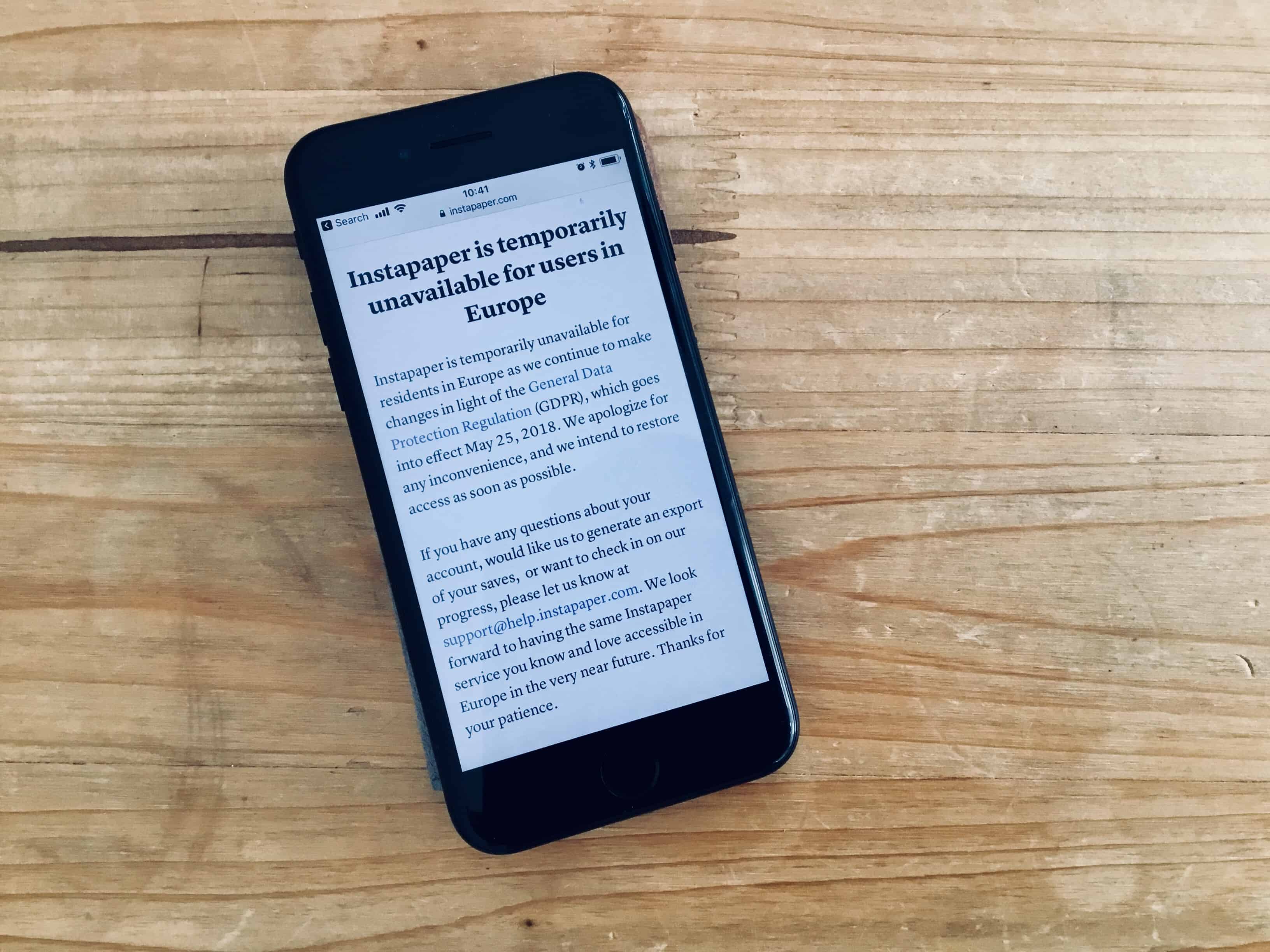

- #Instapaper premium review archive
- #Instapaper premium review android
- #Instapaper premium review Pc
- #Instapaper premium review Offline
#Instapaper premium review Offline
In 2007, responsive web design and offline storage in the browser didn’t exist, so reading articles on the iPhone was a slow, frustrating experience.īefore the iPhone app was possible, the text-content parser was a technical and practical need: articles had to be small enough to download quickly over 2G and stay loaded in memory on the first version of Safari for iPhone. (Before Instapaper, Read It Later was a Firefox extension that saved a list of links, like a bookmarks folder, without a text-optimized reading experience or offline saving.) Later in 2008, its first competitor – Read It Later, now known as Pocket – finally put these pieces together. Instapaper was the first service that combined quick saving with a text-optimized reading view and offline access. Your app wasn’t the first social bookmarking service, and so how did you differentiate it from the competition?īy not being a social bookmarking service like and – later – Pinboard! It intentionally had no social features - I designed it solely for personal utility, not sharing or promotion. Instapaper in 2010, running a dark theme. When iPhone apps became possible in mid-2008, Instapaper was there from the beginning with offline saving and a great text-reading experience.
#Instapaper premium review Pc
Since the mobile web was then in its infancy and most sites were designed only for PC browsers, I soon added a text parser to lighten the load of each page and optimize the text for mobile viewing. I created Instapaper, initially as a website with a ‘Read Later’ bookmarklet and a simple list of what was saved, to give me a one-click way to save articles for later. Meanwhile, I was at a computer all day at work, discovering tons of great articles I wanted to read but didn’t have time for. Marco: In late 2007, I’d got the first iPhone and wanted to read web articles on my train commute – but cellular coverage on the route was slow and spotty, limiting my ability to browse for new articles while mobile. Why did you create the original Instapaper? What challenges were you trying to solve? We speak to Instapaper co-founder Marco Arment (also of Overcast fame) about the birth and development of the app and the secret of its success. Visit the Instapaper website or get Instapaper (free) from the App Store.
#Instapaper premium review archive
The app and service both remain free, although you can opt for a ‘premium’ subscription, which adds archive text search, text-to-speech and speed-reading functionality. Read-later services have come and gone since Instapaper’s debut, but the original survives. With Pocket, on the other hand, you can use Pocket-to-Kindle (P2K), which will send your articles over to your Kindle via email (much like Instapaper's second method) on an automated daily, weekly, or one-time schedule.Modern day Instapaper is high-res and has more view options, but remains sleek. The third way-sending articles directly to your Kindle through a bookmarklet-only comes with the premium option. The first two-an old-school USB transfer and an automated Send-to-Kindle email newsletter-are available with the free version of Instapaper. With Instapaper, there are three ways to do this.

While both somewhat support the Kindle, things can get a little complicated here. Pocket also has a Mac app whereas Instapaper does not.
#Instapaper premium review android
Both have iOS and Android apps, websites, and browser extensions for Google Chrome, Safari, and Firefox to quickly save web articles. Pocket: Supported Platformsīoth Instapaper and Pocket support nearly all the same platforms.


 0 kommentar(er)
0 kommentar(er)
